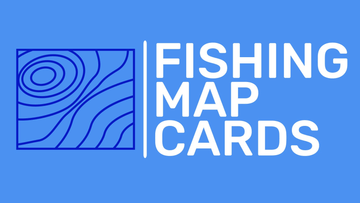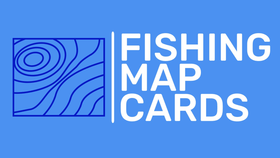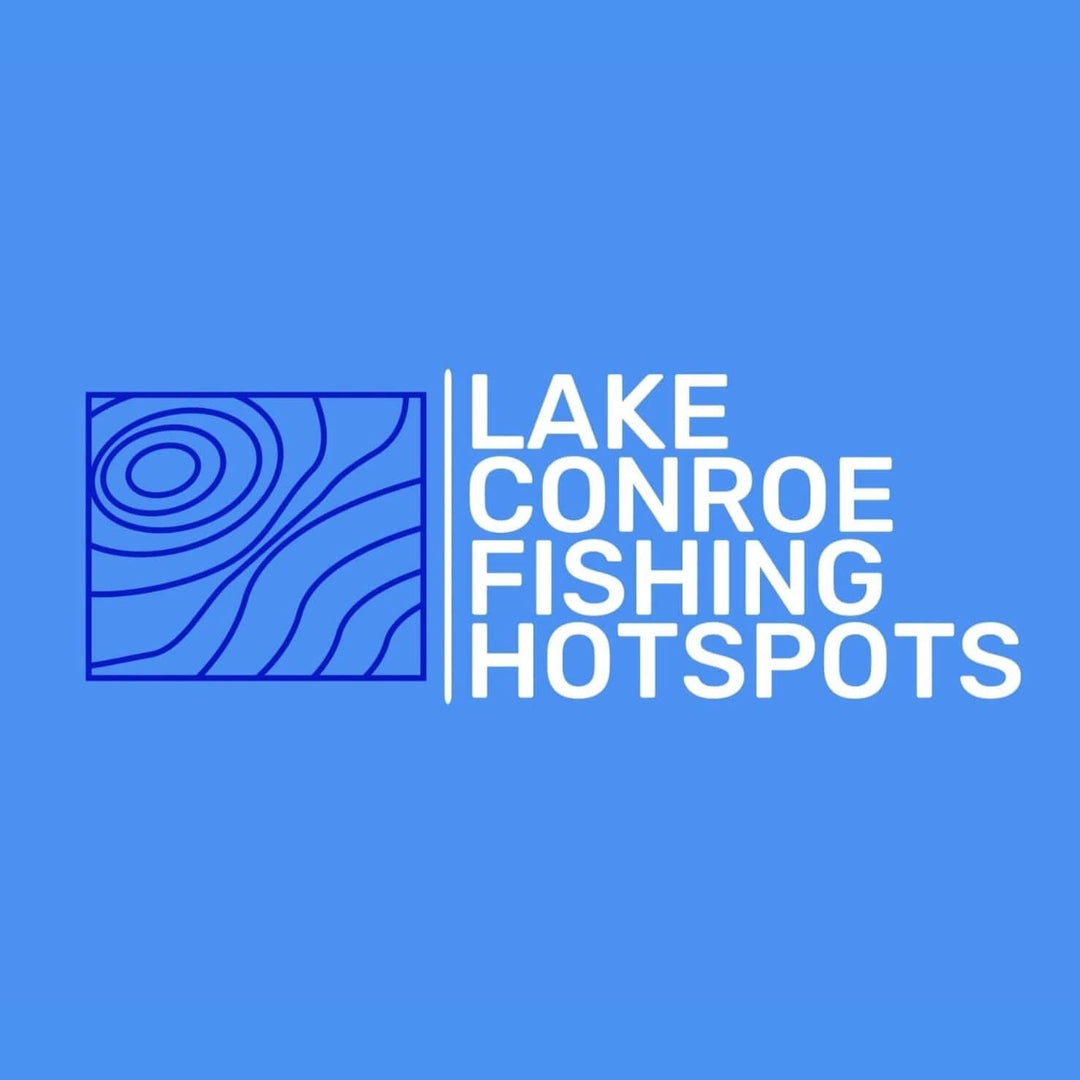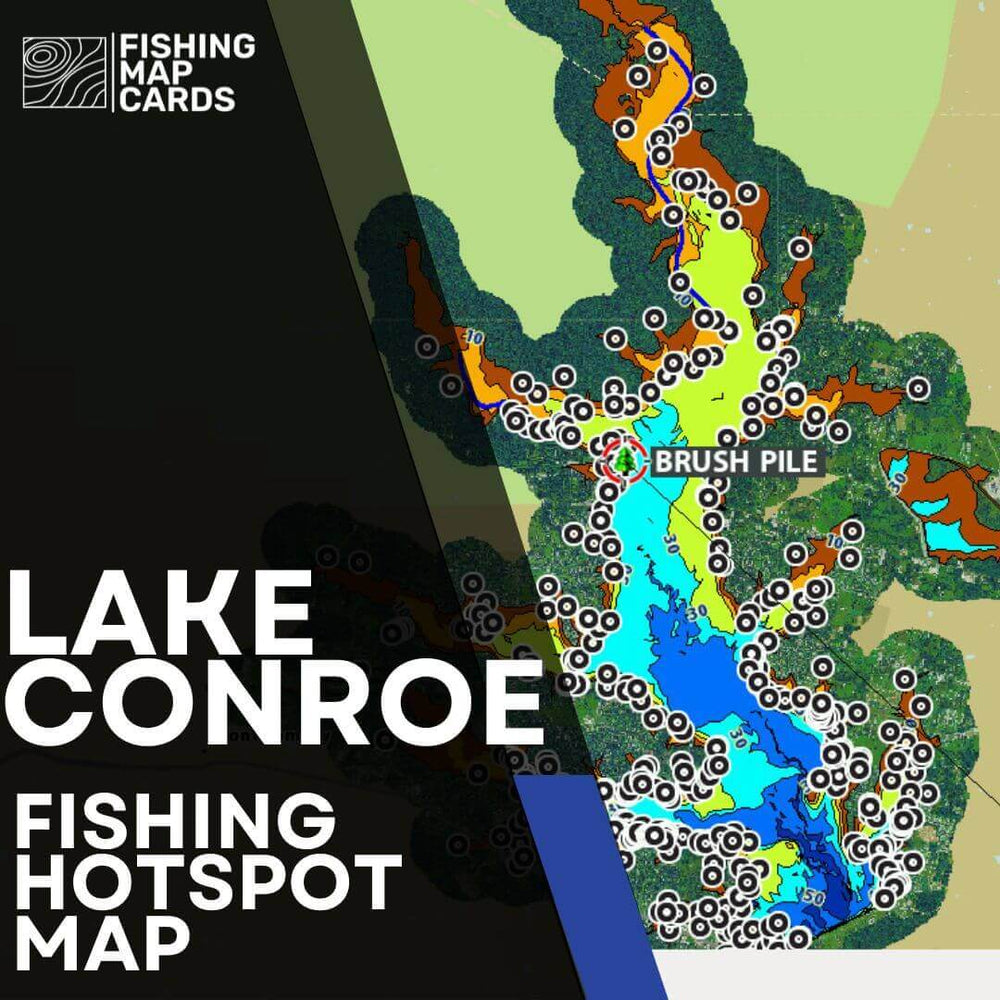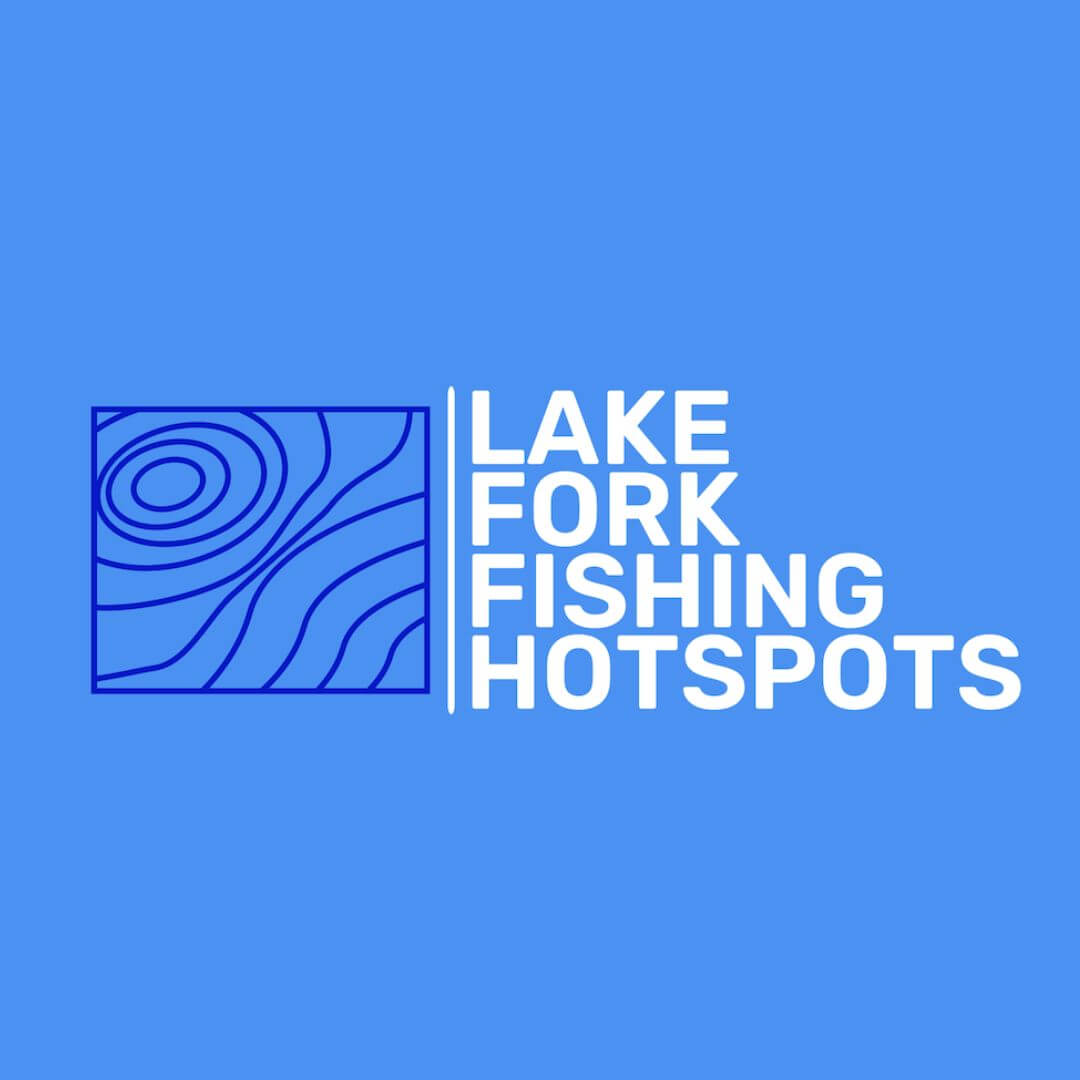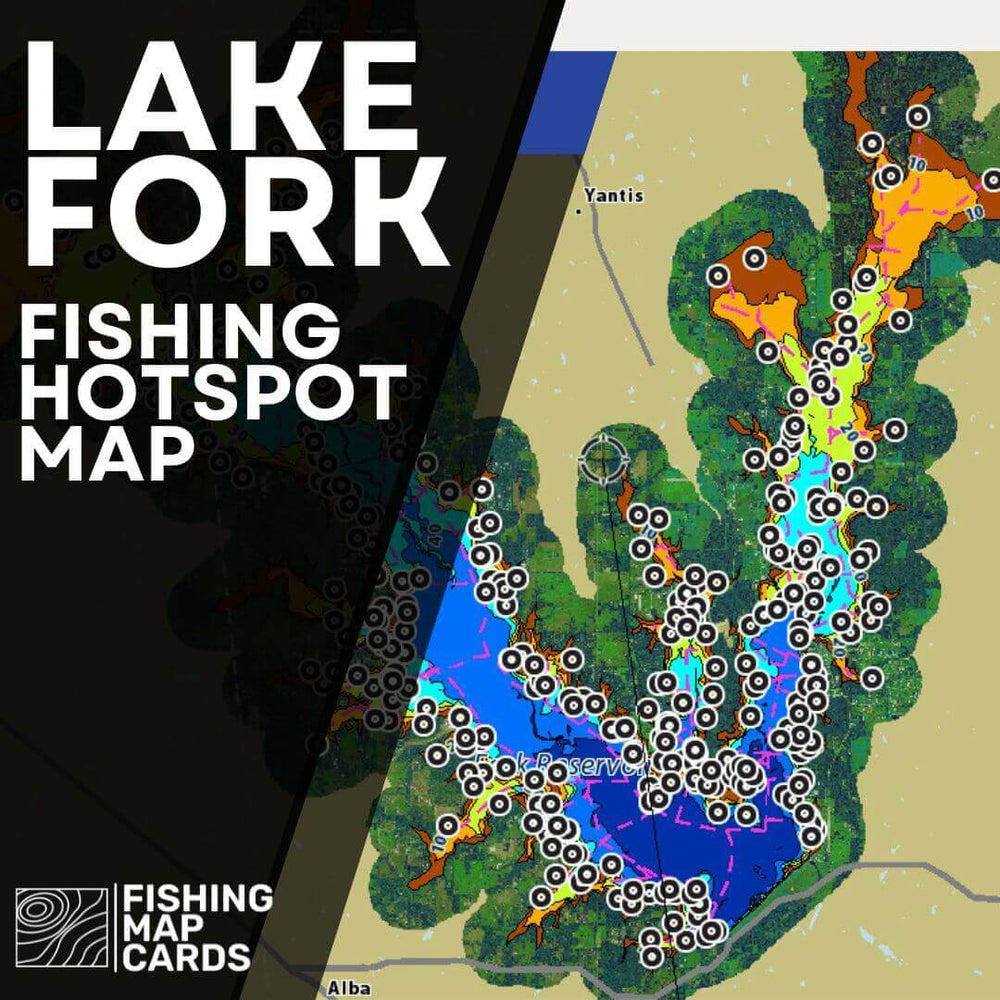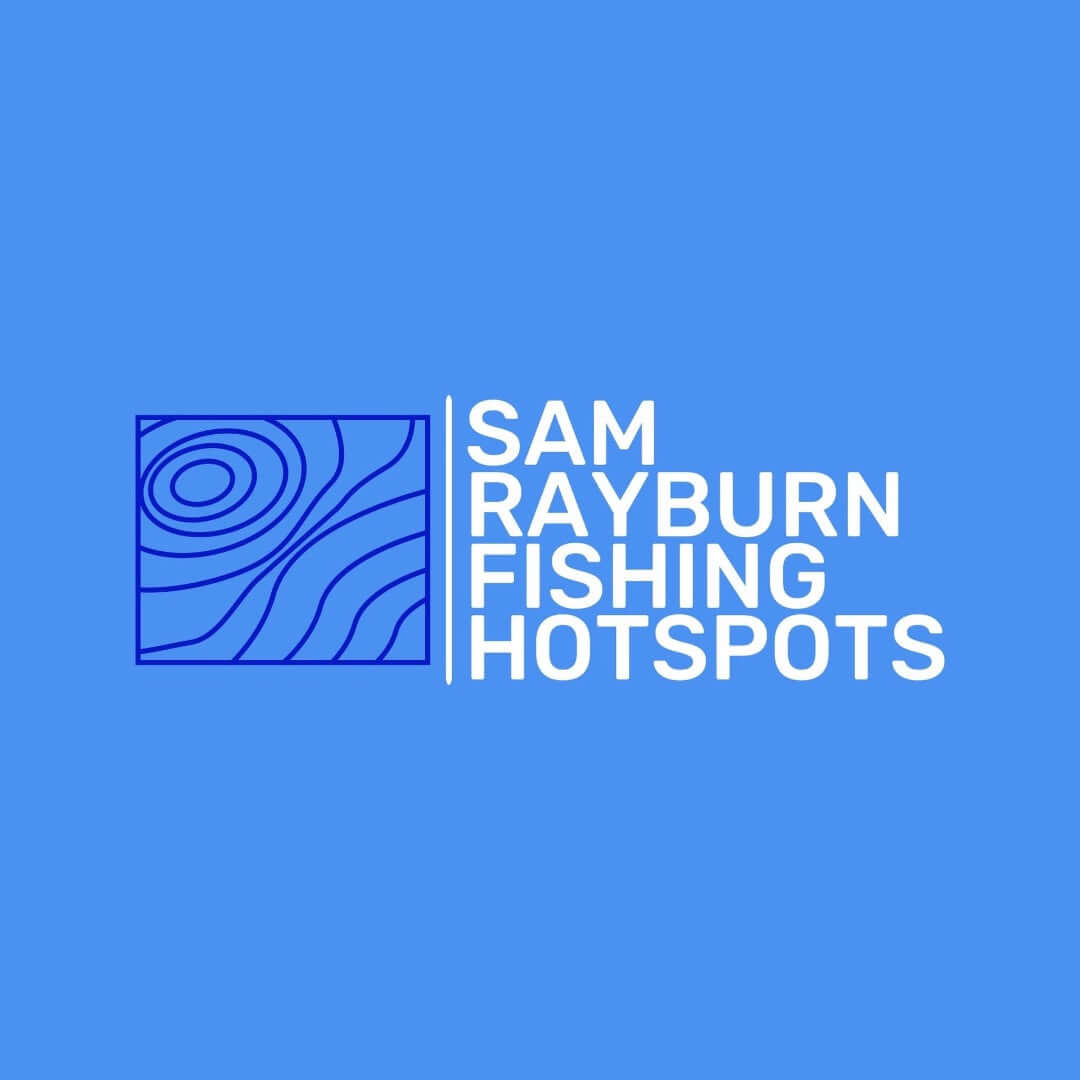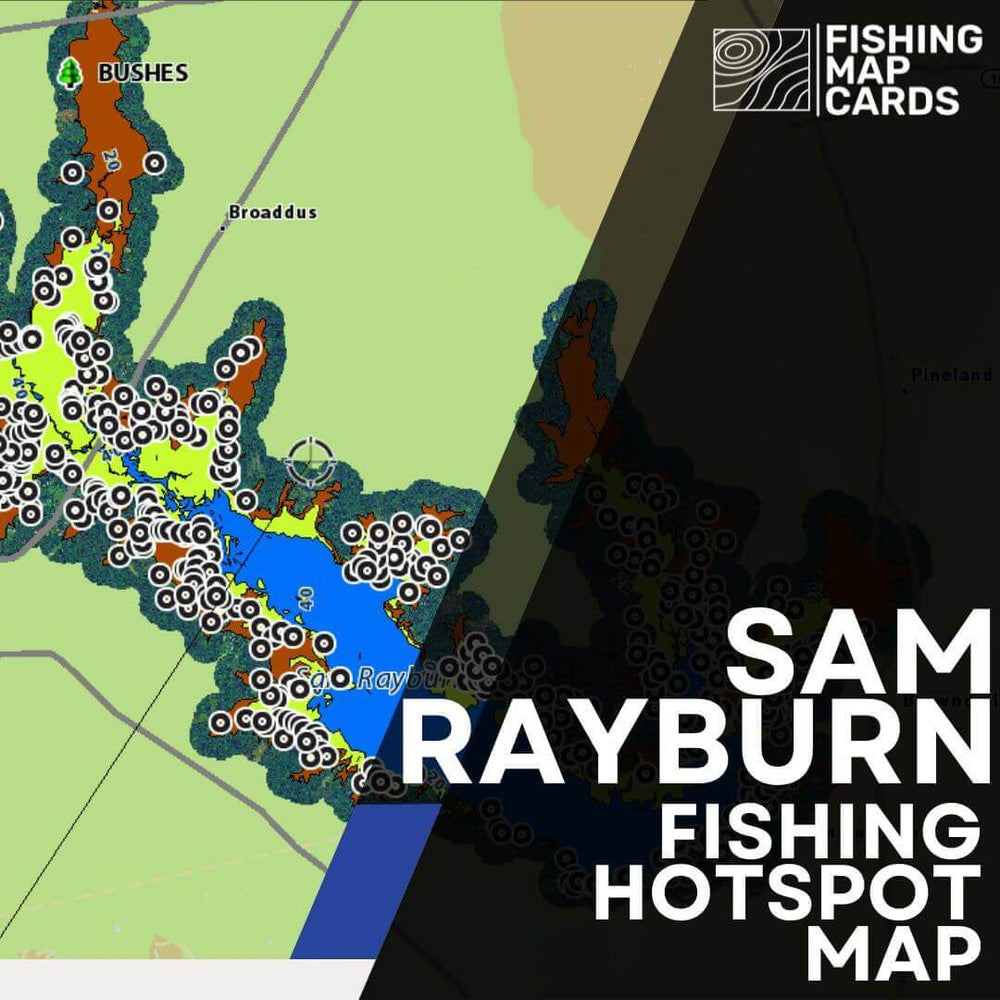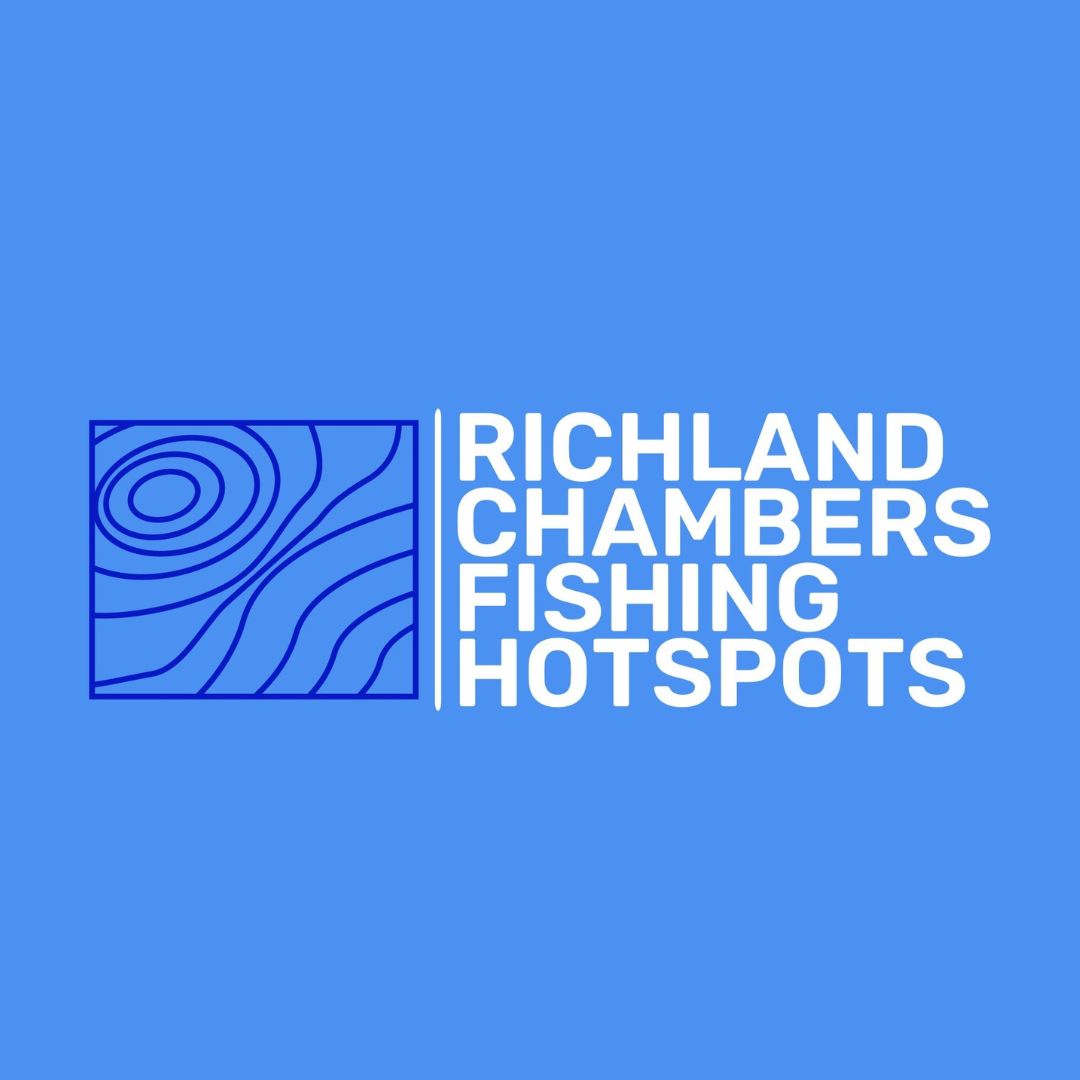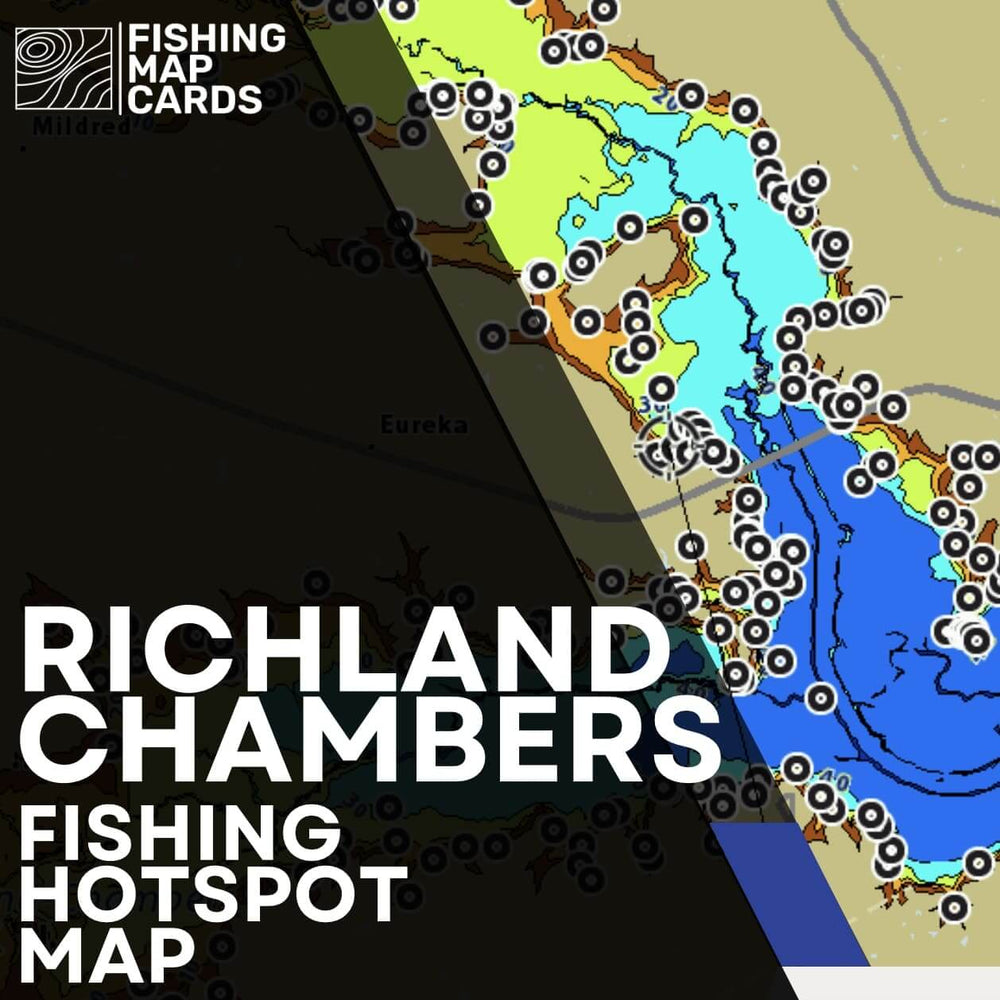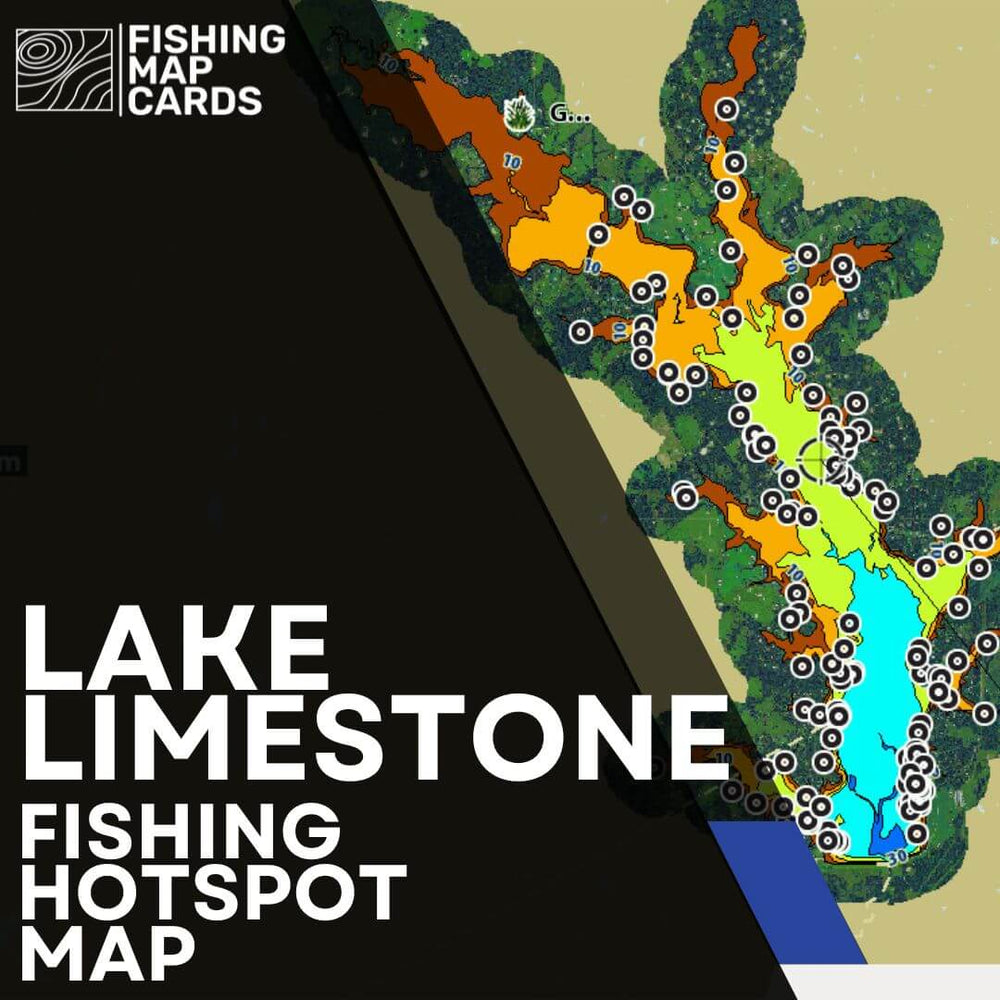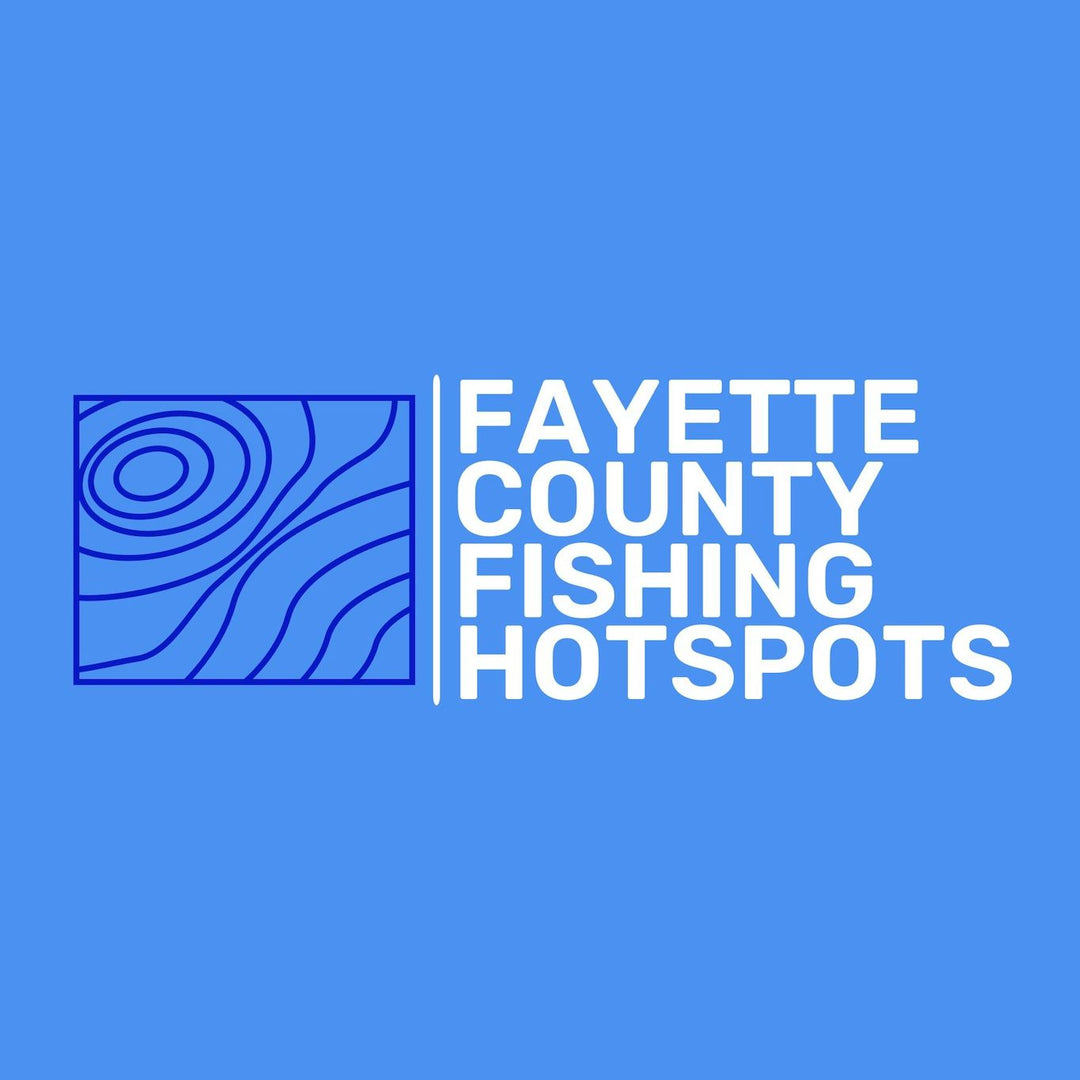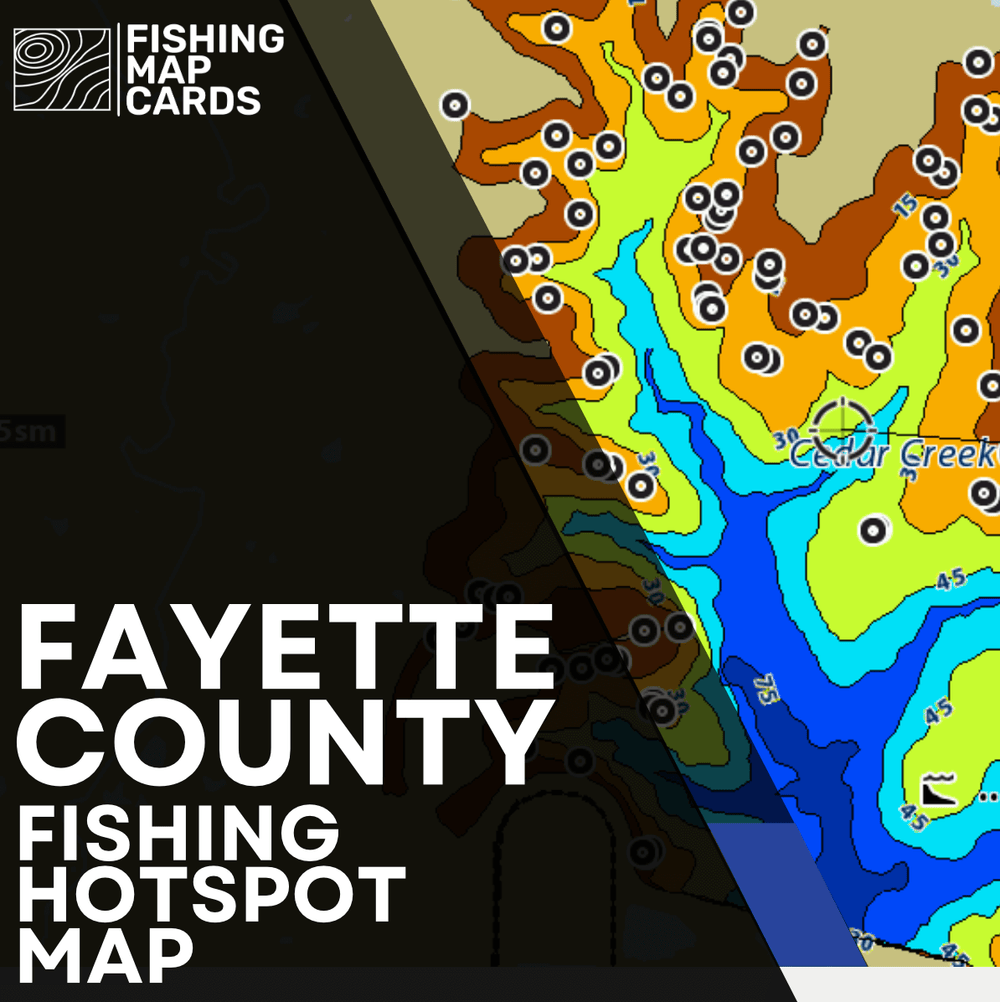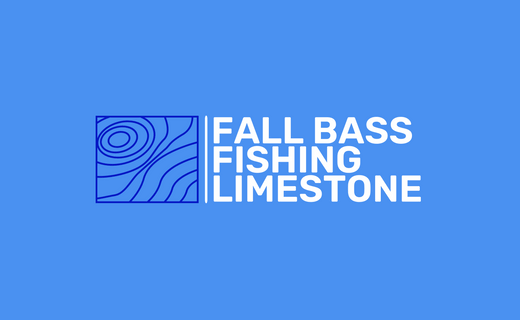Locating Schooling Bass on Lake Fork in the Fall
Fall is a prime time to target schooling bass on Lake Fork as they aggressively chase shad in preparation for the colder months. The cooling water temperatures trigger shad to move into shallower areas, and bass follow closely behind, often creating explosive feeding frenzies. To capitalize on this seasonal behavior, here are some tips on how to locate and target schooling bass on Lake Fork in the fall.
1. Focus on Creek Channels and Points
As shad begin their migration toward the backs of creeks in the fall, creek channels and points become hot spots for schooling bass. The bass use these areas as ambush points, waiting for shad to pass through. Using Fishing Map Cards, locate key creek channels and points where the bass are likely to be holding. Pay particular attention to areas with sharp drops or bends in the creek channels, as these tend to concentrate fish.
2. Look for Shad Activity
One of the best indicators of schooling bass is the presence of shad. In the fall, shad often move into shallow water, especially in the early morning and late afternoon. Keep an eye out for surface activity, such as shad flicking on the surface or birds diving into the water, as these are clear signs that bass are pushing shad to the surface.
3. Utilize Electronics
Your fishfinder can be an invaluable tool for locating schooling bass. Set your sonar to scan both shallow and deep water along creek channels, points, and flats. Look for large bait balls, which often appear as dense clouds on your screen. When you spot a bait ball, it’s likely that bass are nearby, either below or around the edges, waiting to strike.
4. Target Shallow Flats Adjacent to Deep Water
During the fall, bass often school up on shallow flats adjacent to deeper water. These flats provide an ideal feeding ground, while the nearby deep water offers a quick escape route if the conditions change. Use Fishing Map Cards to identify these transitional areas, particularly in the middle and upper sections of Lake Fork, where shad schools are most likely to congregate.
5. Match the Hatch with Your Lures
When targeting schooling bass in the fall, it’s crucial to match the size and color of your lures to the shad. Lipless crankbaits, jerkbaits, and swimbaits that mimic the look and movement of shad are highly effective. Cast these lures around the edges of schooling activity or directly into the school if you’re able to pinpoint their location. A fast retrieve often works best, as it mimics a fleeing baitfish.
6. Time Your Fishing
Fall bass are most active during the early morning and late afternoon when the shad are on the move. Plan your fishing trips around these peak feeding times to increase your chances of success. Overcast days can extend these feeding windows, allowing you to capitalize on schooling activity for longer periods.
7. Be Ready to Move
Schooling bass are constantly on the move as they chase shad. If you’re not seeing any action in one area, don’t hesitate to move to another spot. Use your Fishing Map Cards to quickly identify other likely locations where shad and bass might be holding. Flexibility and mobility are key to staying on the fish during the fall.
8. Keep an Eye on the Wind
Wind direction and strength can play a significant role in fall fishing. Wind pushes shad into certain areas, and bass will follow. Fish windblown points, creek mouths, and shorelines where the wind is pushing baitfish. These areas are likely to hold active schools of bass, making them prime targets for your efforts.
Conclusion
Fall is a dynamic time on Lake Fork, with bass taking advantage of the abundant shad to fatten up before winter. By understanding the movement patterns of both the shad and the bass, and using tools like Fishing Map Cards to pinpoint key locations, you can significantly increase your chances of hooking into a school of hungry bass. Remember to stay mobile, match your lures to the forage, and keep an eye on the conditions, and you’ll be well on your way to a successful fall fishing trip on Lake Fork. Access the Lake Fork Fishing Hotspot Map here.
